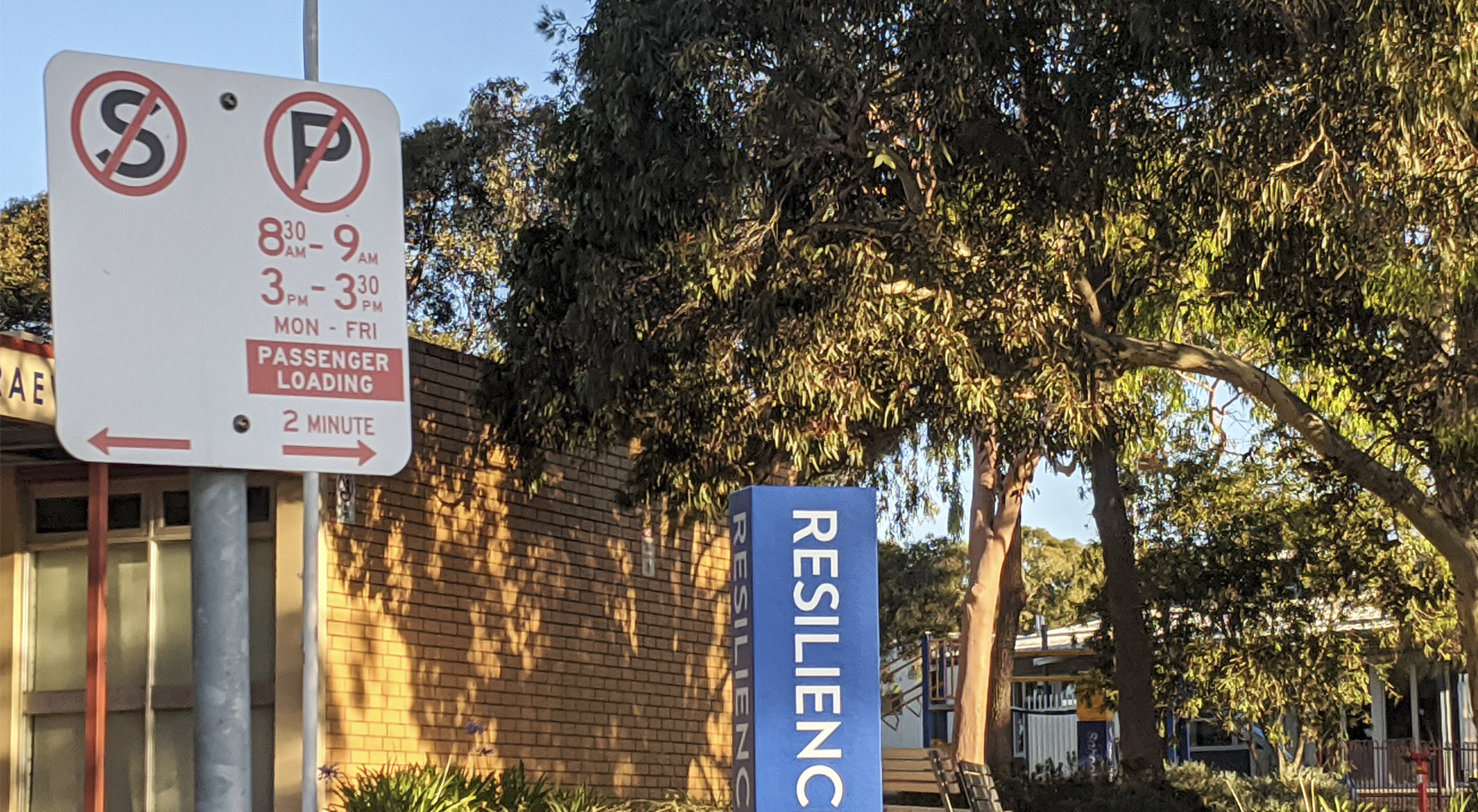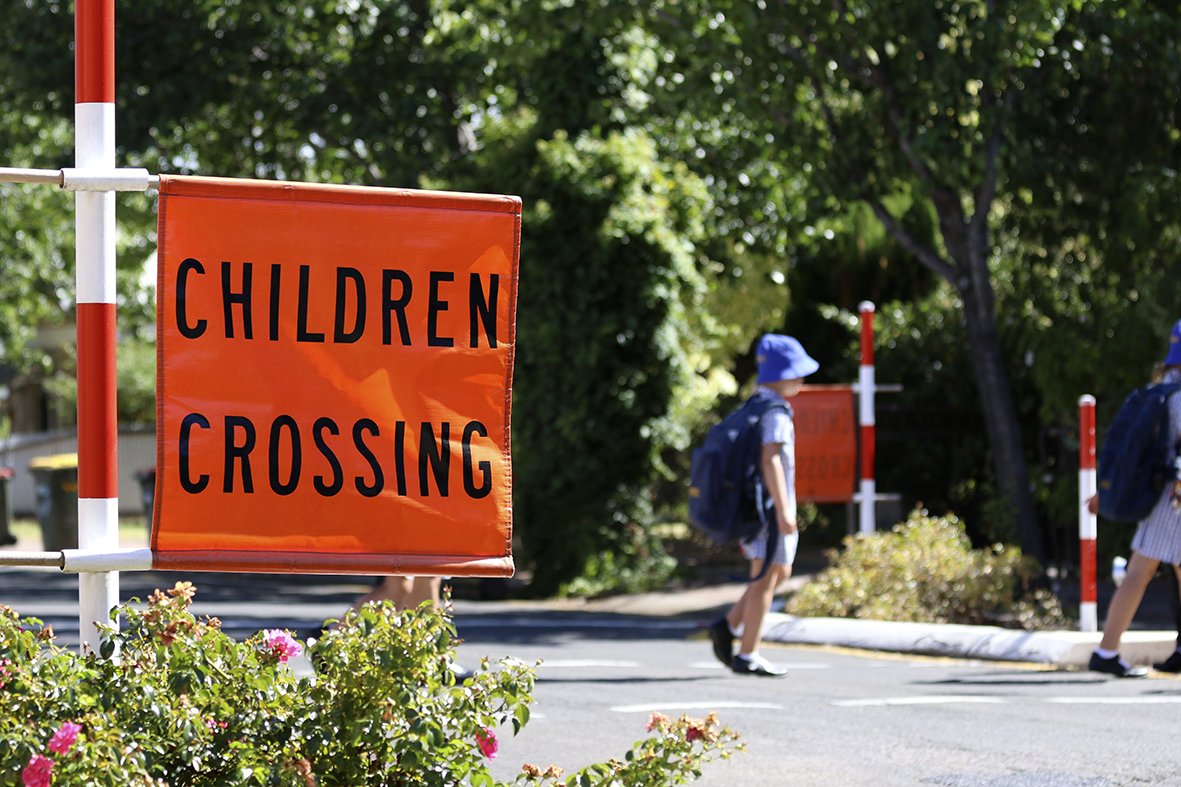How to navigate the school drop-off
 Just like that, the summer holidays are coming to an end. With that in mind, it’s a good idea to brush up on a few road rules to keep our kids safe on the way to and from school.
Just like that, the summer holidays are coming to an end. With that in mind, it’s a good idea to brush up on a few road rules to keep our kids safe on the way to and from school.
1. Drop-off only
If it’s your child’s first day of school, you and your little one are probably both a bit anxious. If you approach the drop-off zone at the front of the school and think you can stop your car and quickly dash in with your child to wish them well, think again. You’ll need to find a place to park your car. According to the law, drivers must not park in drop-off zones as they’re no parking zones. The only exception is if they’re immediately picking up or dropping off passengers and, even then, the driver must remain with their vehicle and be in the zone for no more than 2 minutes. When it’s very busy a good alternative is to park away from the school and walk. Sometimes it’s quicker and can be a lot less stressful. Be careful that you don’t block driveways or park too close to corners. Some schools have kiss and drop off/pick up zones situated within the school grounds. It’s best to check with your child’s school for any rules that apply when using these zones. Also, be mindful that congestion in these zones leads to more safety hazards, so it’s best to drop your child off and promptly move out of the zone.
There are usually parking restrictions around schools. Image: RAA
2. Stick to the speed limit
In 2019-20, more than 300 motorists were caught speeding through 25km/h school zones. In fact, South Australia has seen a surge in school speeding offences over the past 5 financial years. RAA Senior Manager of Safety and Infrastructure Charles Mountain said speeding through school zones puts pedestrians in danger. “There are a high number of students and parents walking in these areas, so drivers need to be cautious and vigilant as they pass through,” Mr Mountain said.Children are among the most vulnerable road users, so we urge people to be careful around schools.”While the school run can be a rush full of distractions, motorists need to concentrate and watch out for pedestrians. There are 2 types of crossings for children. Emu crossings have red and white poles and are in operation when flags are displayed. Sometimes schools may provide monitors to supervise during the busy school drop off and pick up period. Koala crossings, on the other hand, have white road markings and flashing yellow lights on red and white posts. Motorists need to slow down to 25km/h when they’re in operation – usually during morning and afternoon school drop-off periods. As both emu and koala crossings are in school zones, drivers must travel at no more than 25km/h when these are operational or when children are present.

Children cross at a koala crossing outside Richmond Primary School. Image: RAA

